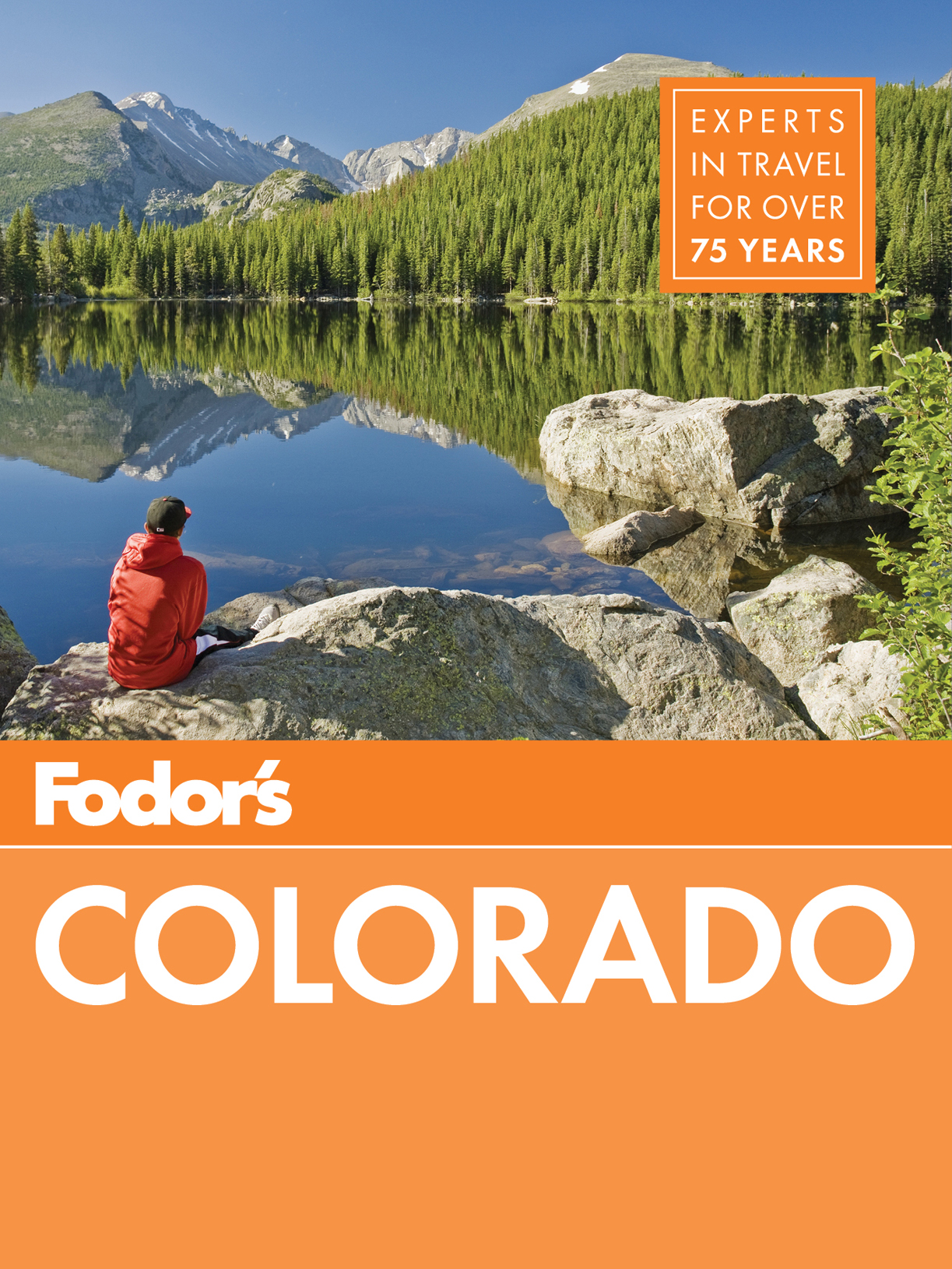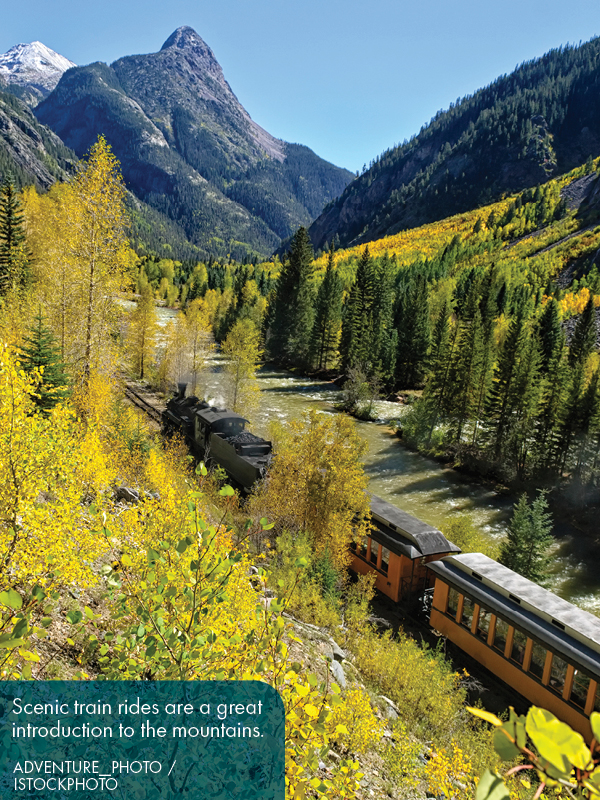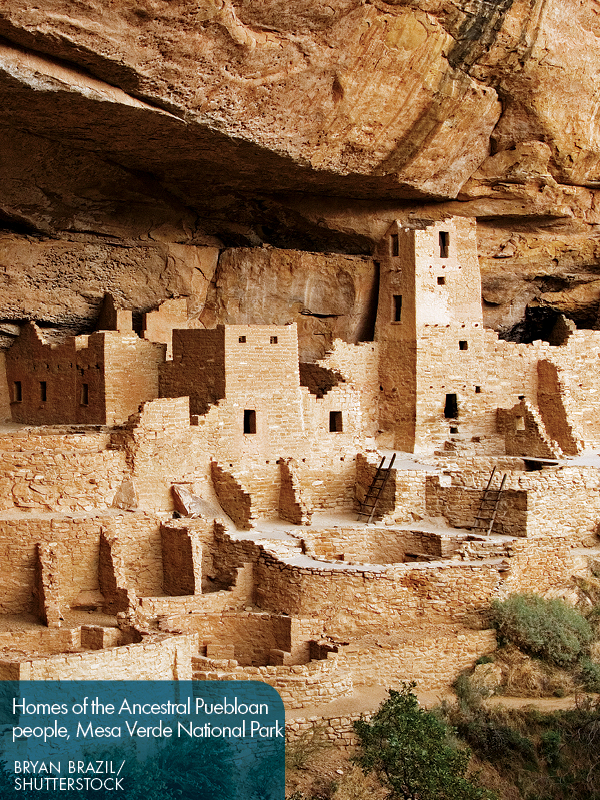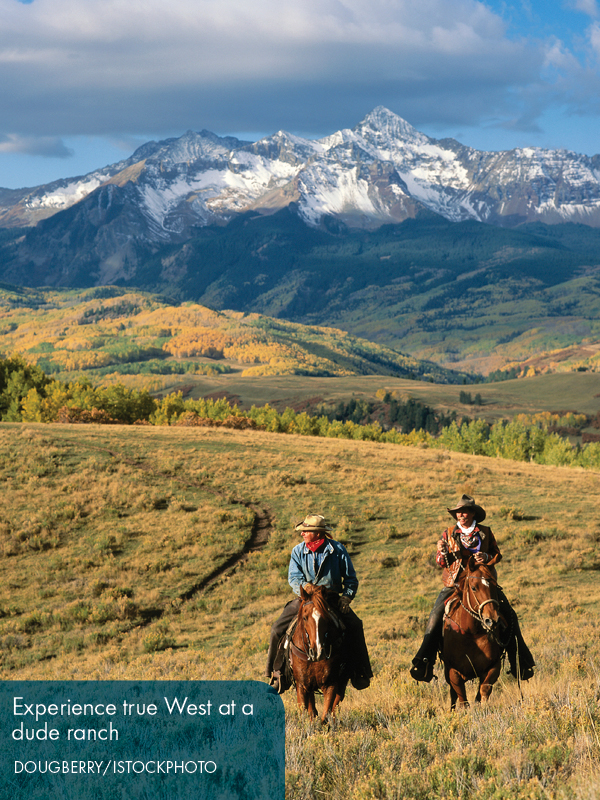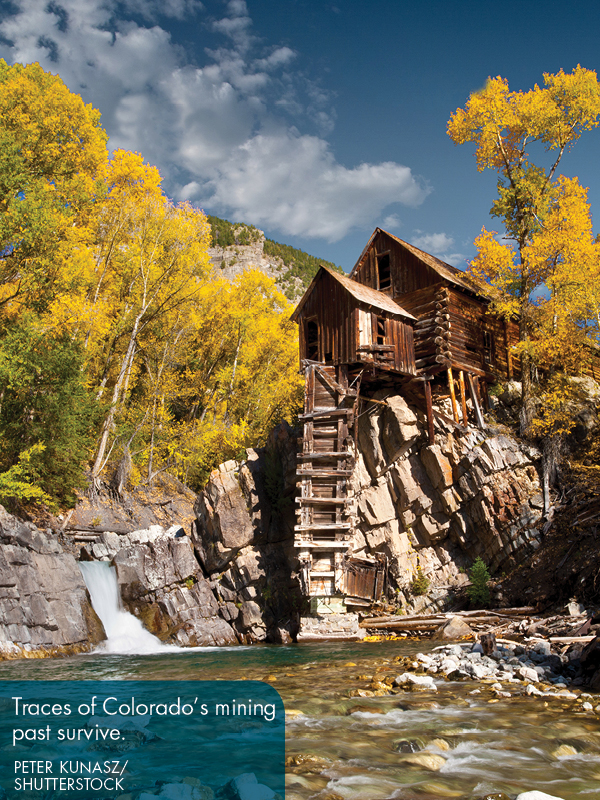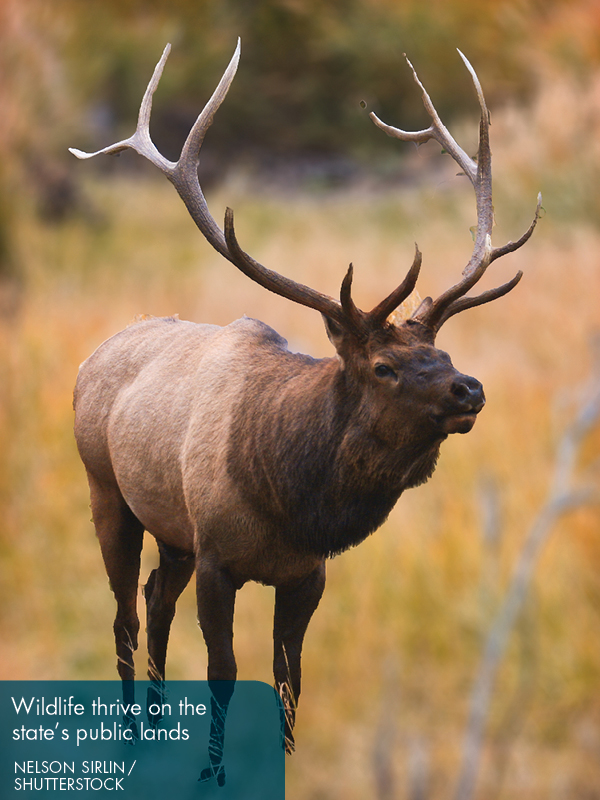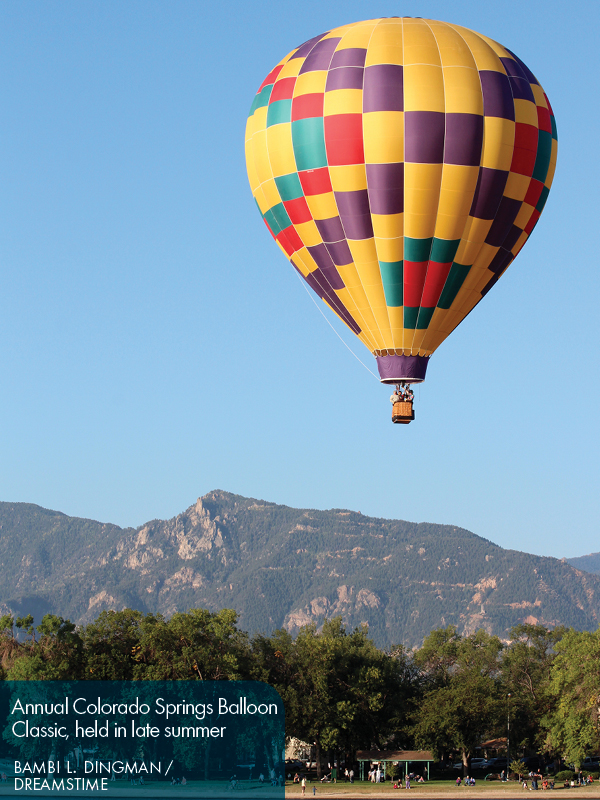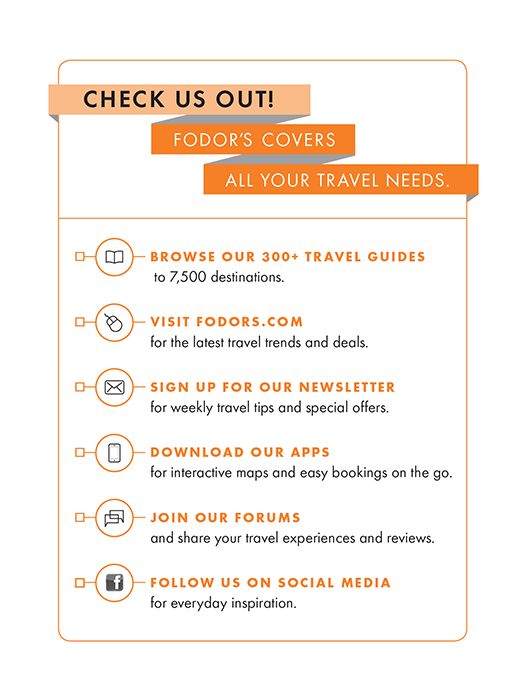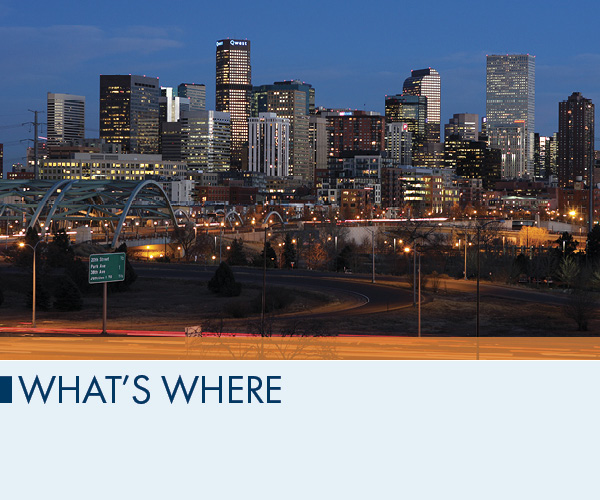Denver. Colorados capital and largest city, Denver is unmatched in its combination of urban pleasures and easy access to outdoor recreation.
The Rockies near Denver. Scenic highway I70 ascends into the foothills through historic towns Idaho Springs and Georgetown. Feeling lucky? Try the gambling at Central City and Black Hawk.
Summit County. The ski resorts of Keystone, Breckenridge, Copper Mountain, and Arapahoe Basin cluster near I70 as it rises in the Rockies. Lake Dillon and its port towns attract summer visitors.
Vail Valley. Vail, the worlds largest single-mountain ski resort, sits in a narrow corridor bounded by steep peaks. Also in the valley: upscale ski area Beaver Creek and sleepy Minturn.
Aspen and the Roaring Fork Valley. Glitzy Aspen is a serious skiing draw. Farther west, Victorian charmer Glenwood Springs centers on a massive hot springs pool.
Boulder and North Central Colorado. College town Boulder balances high-tech with bohemia. Estes Park abuts Rocky Mountain National Parks eastern entrance, while Grand Lake is its quieter western gateway.
Rocky Mountain National Park. The wilderness and alpine tundra here welcome wildlife and outdoor enthusiasts year-round.
Northwest Colorado and Steamboat Springs. Where the Rockies transition into an arid desert, Grand Junction is the regions hub. Nearby are the Colorado and Dinosaur National Monuments. Steamboat Springs offers skiing with cowboy charm.
Southwest Colorado. Evergreen-clad peaks and red desert beckon outdoor enthusiasts to mountain-biking birthplace Crested Butte, Black Canyon of the Gunnison, idyllic Telluride, and historic Durango.
Mesa Verde National Park. Designated a park in 1906, this protected series of canyons provides a peek into the lives of the Ancestral Puebloan people who made their homes among the cliffs.
South Central Colorado. Next to Pikes Peak, Colorado Springs mineral waters still flow. Caon City is a rafting hub; Buena Vista and Salida are two artists colonies. To the south, explore Great Sand Dunes National Park and Preserve.
What to Bring?
Colorado is famous for its Rocky Mountain formal dress code, which means cowboy attire is accepted everywhere, even in the fanciest restaurants, so bring your jeans and leave your formal wear at home. Its wise to be prepared for rapidly changing weather, however, as well as cooler nights (even when daytime temperatures hit summer highs).
If your plans include outdoor activities such as golf, skiing, or mountain biking, most major towns and cities have rental equipment available.
High-Altitude Tips
The three things to consider with high-altitude travel are altitude sickness, dehydration, and sunburn.
If you are coming from sea level and plan to visit the mountains, its worth taking a day or two in Denver or another lower-elevation area to acclimate. Either way, take it easier than usual.
Drink plenty of water and avoid alcohol.
Always wear sunscreen and protective clothing. Sunglasses and a hat also are must-haves at higher elevation.
When to Go
The Colorado you experience will depend on the season you visit. Summer is a busy time. Hotels in tourist destinations book up early, especially in July and August, and hikers crowd the backcountry. Ski resorts buzz from December to early April, especially around Christmas and Presidents Day. Many big resorts are popular summer destinations.
If you dont mind capricious weather, rates drop and crowds are nonexistent in spring and fall. Springs pleasures are somewhat limited, since snow usually blocks the high countryand mountain-pass roadswell into June. But spring is a good time for fishing, rafting, birding, and wildlife-viewing. In fall, aspens splash the mountainsides with gold, wildlife comes down to lower elevations, and the angling is excellent.
Hows the Weather?
Summer in the Rocky Mountains begins in late June or early July. Days are warm, with highs often in the 80s; nighttime temperatures fall to the 40s and 50s. Afternoon thunderstorms are common over the higher peaks. Fall begins in September; winter creeps in during November, and deep snows arrive by December. Temperatures usually hover near freezing by day, thanks to the warm mountain sun, and drop overnight, occasionally as low as -60F. Winter tapers off in March, though snow lingers into April on valley bottoms and into July on mountain passes.
At lower elevations (Denver, the eastern plains, and the southwest), summertime highs above 100F are not uncommon, and winters are cold, with highs in the 20s and 30s. The entire state sees snowy winters, even on the plains.
Getting Here and Around
Modern and busy, Denver International Airport (DEN | 800/2472336 | www.flydenver.com ) moves travelers in and out efficiently. Theres also Colorado Springs Airport (COS | 719/5501900 | www.flycos.com ) and a number of smaller airports near resortsSteamboat Springs, Aspen, and Telluride.


